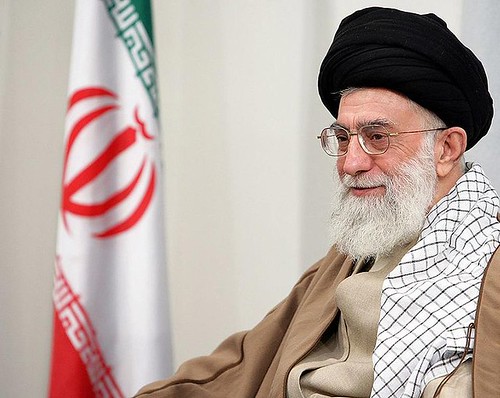Islam and Government
Islam and Government
by Magdelena Ho Yan Tang, Thomas LeClere, Daniel Karr
Dec 9, 2013
Overview
For people who are not from the Islamic Culture, it is difficult to understand how religion and politics relate. In this section, we have selected three countries from Central Asia, Africa and Southeast Asia as examples of how Islamic Culture is incorporated in their political systems: Iran, Egypt, and Indonesia. The right to vote is a common characteristic of these countries. After researching their political systems, the Islamic government structure is different from our knowledge of a democratic country in Egypt and Iran. However, government in the Islamic country of Indonesia continues its transition into democracy.
IRAN
Governmental Structure
Click here for Iran’s government structure chart.
By looking at the Elected Institutions, the structure is very much like the western democratic model. However, the Elected Institutions only include the Executive Branch. The Judiciary and Legislative Branch are headed by leaders from the Unelected Institutions. The following chart are some details about unique government bodies in Iran; the Supreme Leader, Guardian Council and Assembly of Experts.
| Roles | Structure | |
| Supreme Leader
Ali Khamenei, Supreme Leader (1989-present) |
APPOINT – the head of the judiciary – 6 members of Guardian CouncilCOMMANDERS – armed forces – head of radio & TV – Friday prayer leaders |
1 person – chosen by clerics in Assembly of Experts |
| Guardian Council | APPROVE – Parliament’s bills, VETO – Parliament’s bills, BAR – Parliament election candidates – Assembly of Experts |
Three “6”s- 6 theologians appointed by the Supreme Leader – 6 Jurists – Elected every 6 years |
| Assembly of Experts | APPOINT, MONITOR, REMOVE – the Supreme Leader |
– 86 members – Elected every 8 years – Only Clerics |
Analysis
 Mahmoud Ahmadinejad, President (2005-2013)By Presidencia de la República del Ecuador, used under Mahmoud Ahmadinejad, President (2005-2013)By Presidencia de la República del Ecuador, used under |
Although there is an elected institute that the electorate can vote for, their choices are limited. The candidates for Presidency, Parliaments and Assembly of Experts are highly selected and barred by the Guardian Council. While the Guardian Council is the most powerful body in the Constitution, members of the Guardian Council are appointed by the Supreme Leader. In other words, the Guardian Council is highly selective and religious. (only clerics can be members of Assembly of Experts). In order words, only the elites and religious leaders have the real ruling power in Iran.[1] This analysis can be supported by the large scale protest during Iran’s Presidential election in 2009[2] and the conflicts between President Mahmoud Ahmadinejad and Supreme Leader Ali Khamenei.[3]
[1] Akbar Ganji, “The Latter-Day Sultan: Power and Politics in Iran,” Foreign Affairs 87(2008): 45-62
[2] Robert F. Worth and Nazil Fathi. “Clerics’ Call for Removal Challenges Iran Leader,” New York Times, August 16, 2009. Accessed November 20, 2013. http://www.nytimes.com/2009/08/17/world/middleeast/17iran.html?_r=2&ref=middleeast&
[3] Babak Dehghanpisheh. “Ahmadinejad Vs. Ayatollah Khamenei: Iran’s President, Supreme Leader Clash Over Political Authority,” The Huggington Post, Feburary 8, 2013. Accessed November 2013. http://www.huffingtonpost.com/2013/02/08/ahmadinejad-vs-ayatollah-khamenei_n_2647337.html
